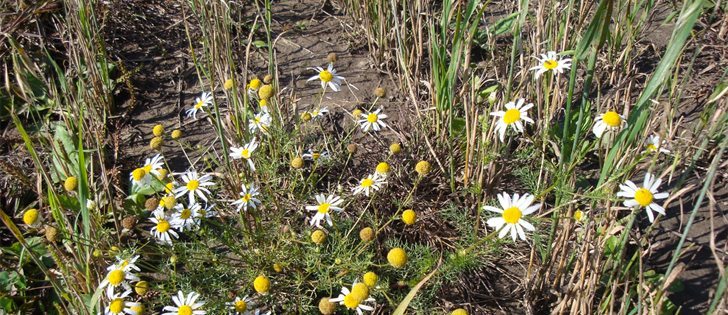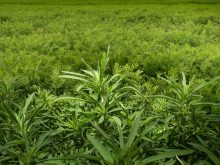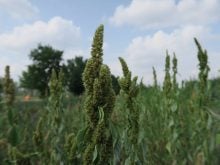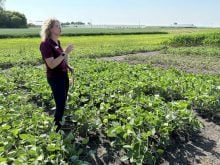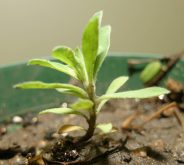WINNIPEG — The 2016 version of Ontario’s Worst Weeds is inviting growers to cast their ballots and share information about the worst weeds on their farms.
The survey is conducted by weed specialist, David Bilyea, at the University of Guelph’s Ridgetown campus, along with colleagues, Kris McNaughton and Christie Shropshire.
“We did the survey back in 2007 and this is before social media was available,” said Bilyea. “One of the interesting things that came out of that survey was that quack grass was so high on the list and, while quack grass is definitely an issue for some people, it was interesting it was so high. There may have been some misidentification of grasses.
Read Also
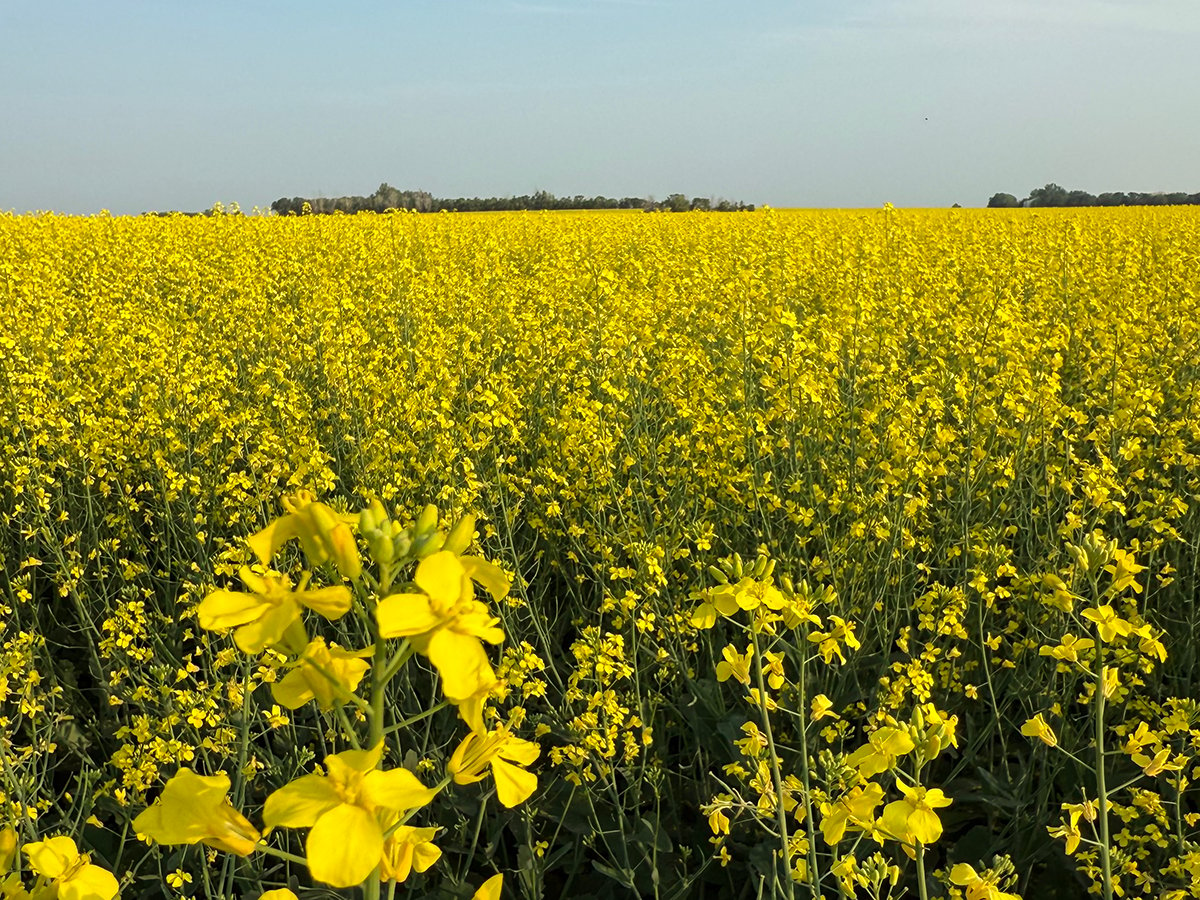
Canola support gets mixed response
A series of canola industry support measures announced by the federal government are being met with mixed reviews.
“We wanted to run it again and just see now that we have no-till, which has taken such a strong focus in agriculture and the different types of herbicides we have now … and with GMO crops, which weeds people believe are their main problem.”
Only Ontario residents can qualify for the survey.
The survey tracks which weeds come from what areas and also ranks them with the hope of dividing it up into east and west.
“But, in general, we wanted to see, across Ontario, what people’s worst weed is in their perception,” said Bilyea.
The survey is expected to run through winter. It is available on the university’s Facebook page and Twitter site, so it can launched from there. Bilyea is working to get it out to as many different ag clubs and organizations as possible for a good cross section of participants.
“What’s a problem in horticultural weeds is not necessarily a problem with no-till farmers and not necessarily a problem with somebody who grows strawberries,” said Bilyea.
“Some of the weeds that ranked higher have surprised me already, like dandelions.
“It’s a perception survey to see what people think is their worst weed and how things have changed. Take, for example, Canada fleabane, that are high in this area, while when we did the survey last time, it didn’t even make the survey.”
To take the survey, visit https://uoguelph.eu.qualtrics.com/SE/?SID=SV_dcBMByebR7HQptb.

